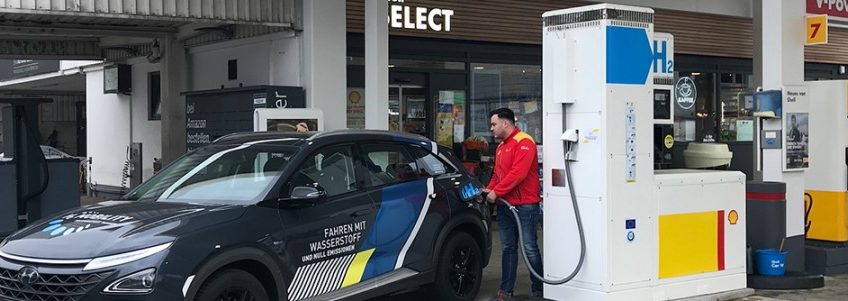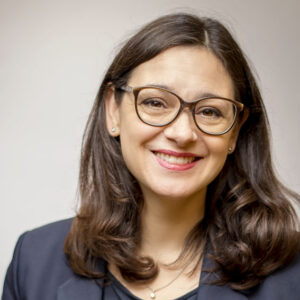North Rhine-Westphalia (NRW) remains at the forefront of German federal states in the development of hydrogen filling station infrastructure: H2 MOBILITY Deutschland and its shareholders Shell and Air Liquide have now jointly opened the federal state’s 18th hydrogen (H2) filling station in Dortmund. Bavaria is hard on NRW’s heels with 17 stations.
Hydrogen is used to power fuel-cell electric vehicles (FCEV). Its advantages: no noise or pollutants, but the same use, speed, and range as cars with petrol or diesel engines. Hydrogen vehicles have ranges of 500 to 700 kilometres and can be refuelled in just three to five minutes.
The network of stations where fuel-cell vehicles can fill up with hydrogen is steadily expanding. Germany already has 83 H2 filling stations. The number of stations will be expanded successively according to demand. Already, there are 32 hydrogen filling stations in the Shell network in Germany.
The focus of expansion is on the Rhine/Ruhr and Rhine/Main metropolitan regions, as well as the greater Hamburg, Berlin, Munich, Nuremberg, and Stuttgart regions, and key connecting traffic arteries. The Ruhr region already has H2 filling stations in Essen, Mülheim, Duisburg, Herten, Ratingen, and Wuppertal. The new facility in Dortmund is located in City Centre North at the Schützenstrasse Shell station, close to the A45 and B54 motorways.
The owner and developer is H2 MOBILITY Deutschland, a joint venture working to establish a hydrogen infrastructure in Germany. The filling station technology is provided by Air Liquide. The new hydrogen station in Dortmund is state-of-the-art. Its operation is intuitive for drivers; refuelling is similar to that of conventional vehicles. The facility holds around 200 kilograms of H2.
Hydrogen-powered e-mobility reduces CO2 emissions
Hydrogen offers a way to expand the range of fuels available in the transport sector in a climate-friendly way, because hydrogen, especially when it is produced using renewable energy, can significantly climate-damaging CO2 emissions.
The hydrogen station in Dortmund is funded by the European Commission through the Fuel Cells and Hydrogen 2 Joint Undertaking (FCH 2 JU) in the Hydrogen Mobility Europe (H2ME) project.
Comments on the opening of the Passau H₂ station
Thomas Westphal, Managing Director of the City of Dortmund Economic Development Agency:
“Dortmund is currently developing a hydrogen strategy with local and regional companies tying in to the major ‘Cleanport’ and ‘Huckarde Energy Campus’ projects. Matters of extraction, production, networks, buildings, and also the field of mobility are crucial. The new H2 filling station helps us demonstrate how new technologies have a local impact.”
Dr Frank-Michael Baumann, Managing Director Energie-Agentur.NRW:
“As the organiser of Germany’s network for fuel cell and hydrogen technologies and electromobility, now 20 years old, we are pleased that North Rhine-Westphalia is further expanding its H2 infrastructure and is the country’s front-runner in terms of hydrogen filling station numbers. We believe that there is no alternative to electromobility with hydrogen and batteries, and that it will accelerate the energy transition in transport in Germany’s most populous state.”
Dr Fabian Ziegler, Managing Director of Shell Deutschland Oil GmbH:
“With its commitment to new energies, Shell is making an important contribution to the energy transition. We want to provide products that can help our customers reduce emissions of CO2 and pollutants.”
Markus Schewitza, Managing Director Air Liquide Advanced Technologies GmbH:
“Hydrogen is one of the best solutions for achieving the goals of the Paris Agreement. It has the potential to decarbonise the transport sector, one of the major sources of pollution in our cities. Air Liquide is proud to play a part in building Europe’s biggest H2 infrastructure.”
Nikolas Iwan, Managing Director H2 MOBILITY Deutschland GmbH:
“Hydrogen has what it takes, in every respect, to sustainably revolutionise our mobility – because hydrogen means emissions-free driving for every size of vehicle: car, bus, truck, or train.”


